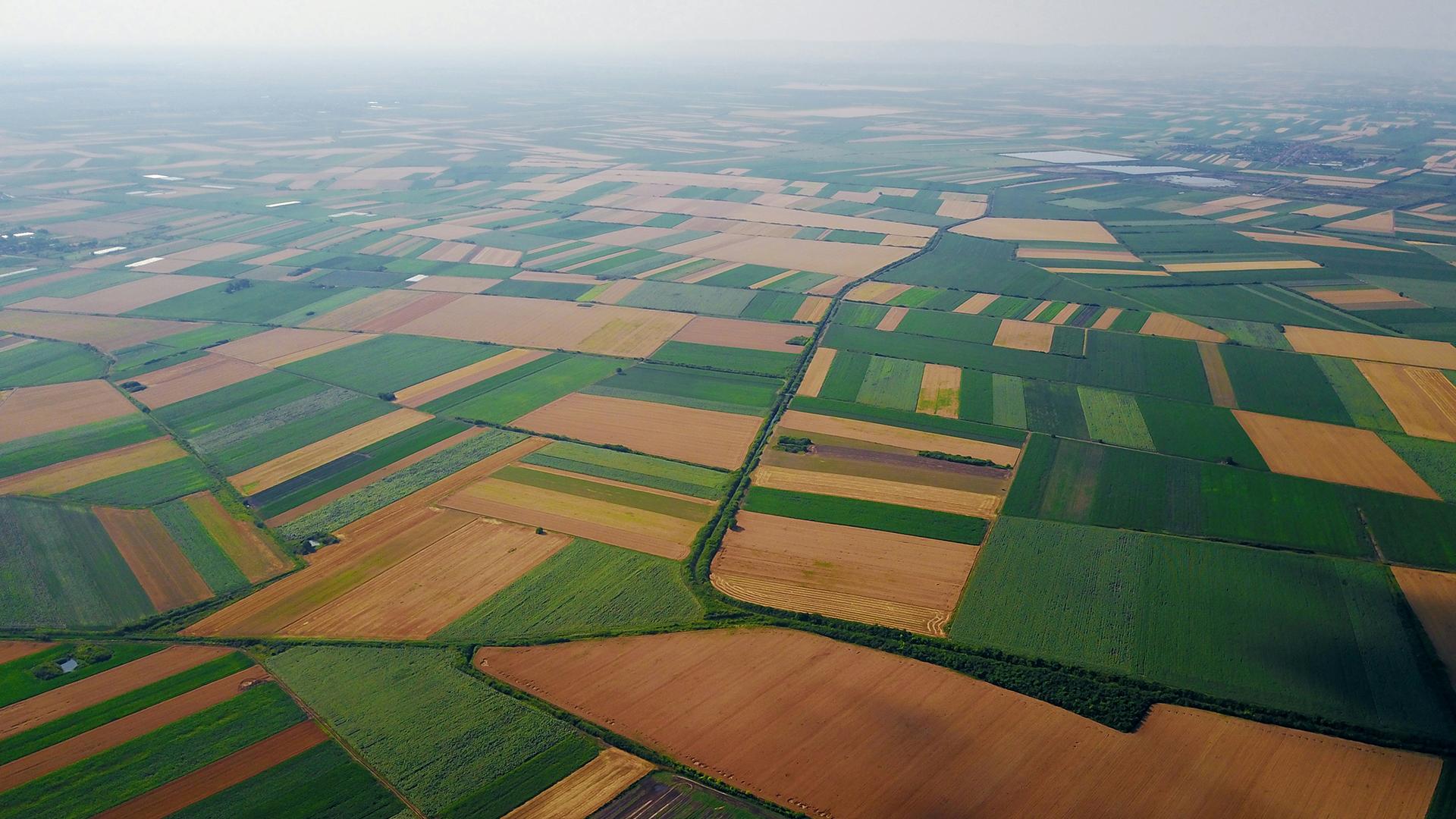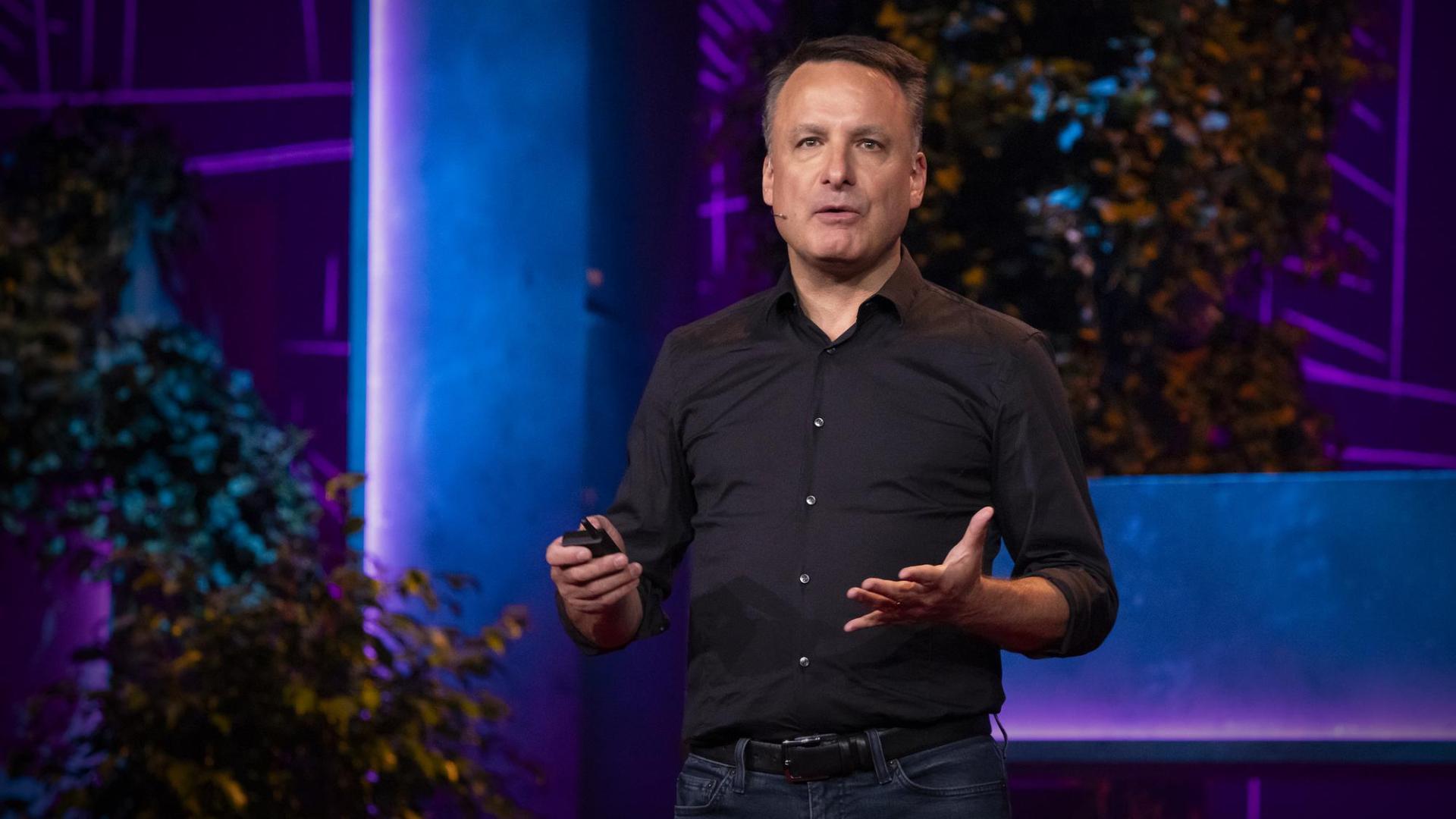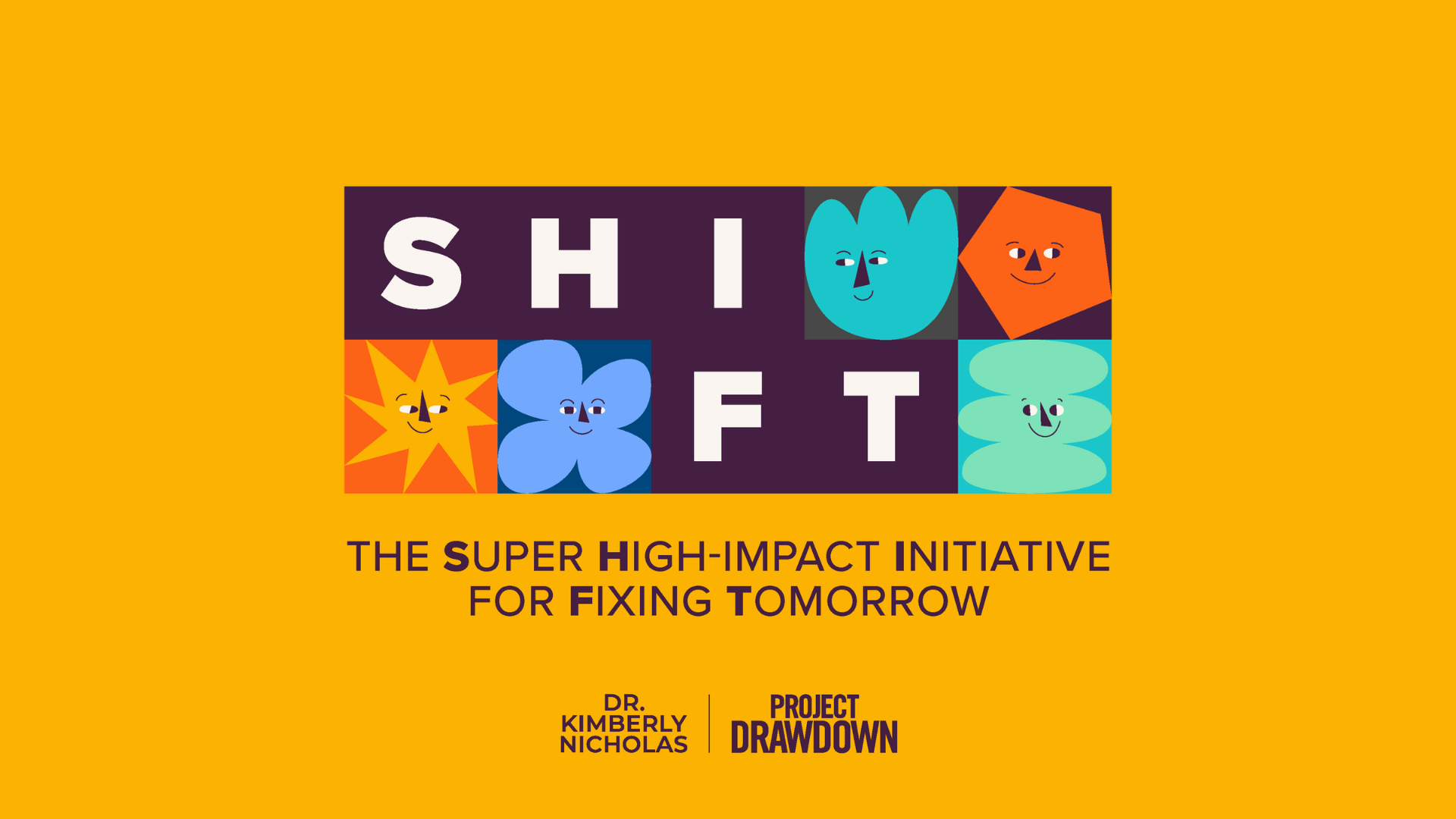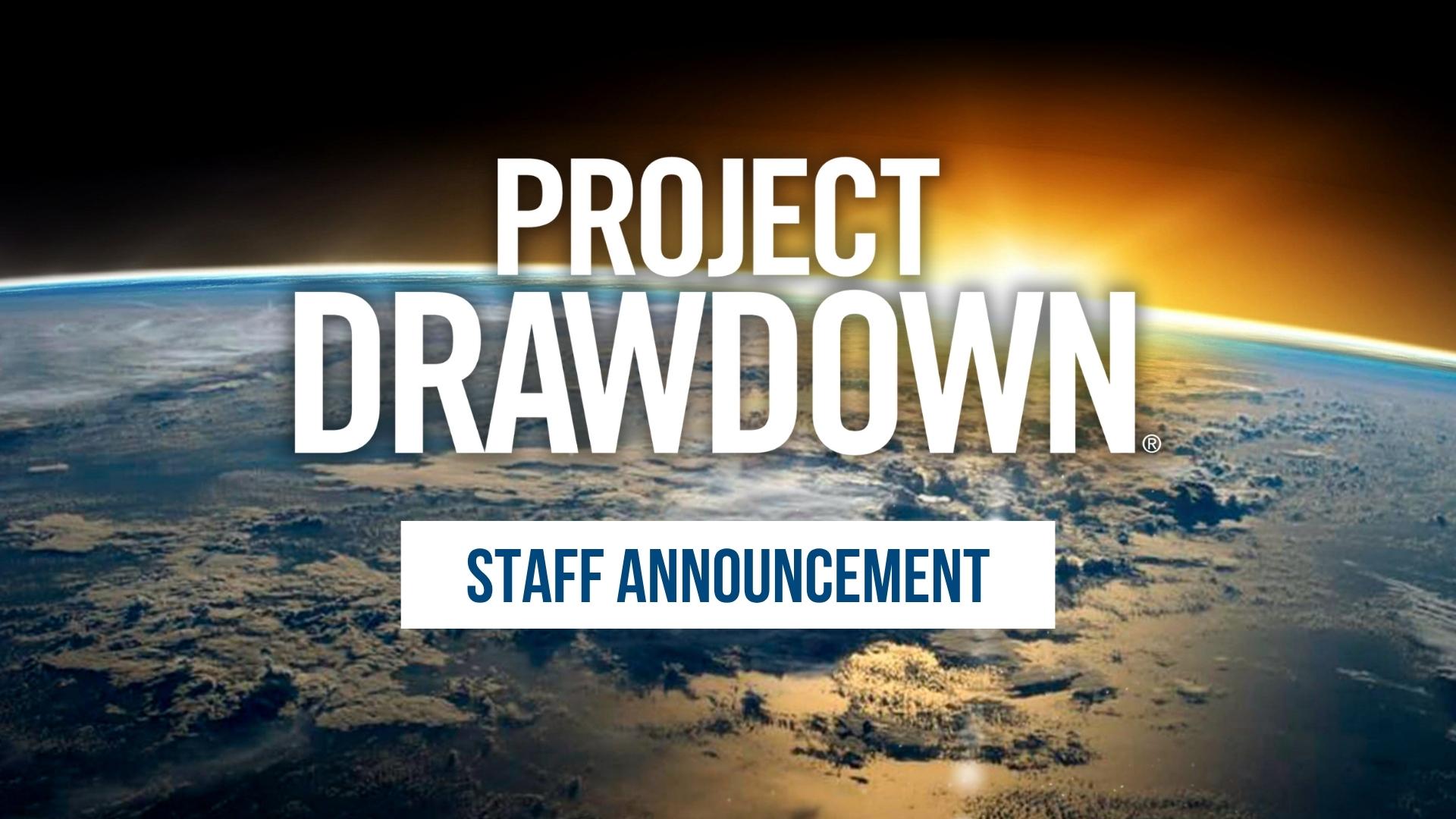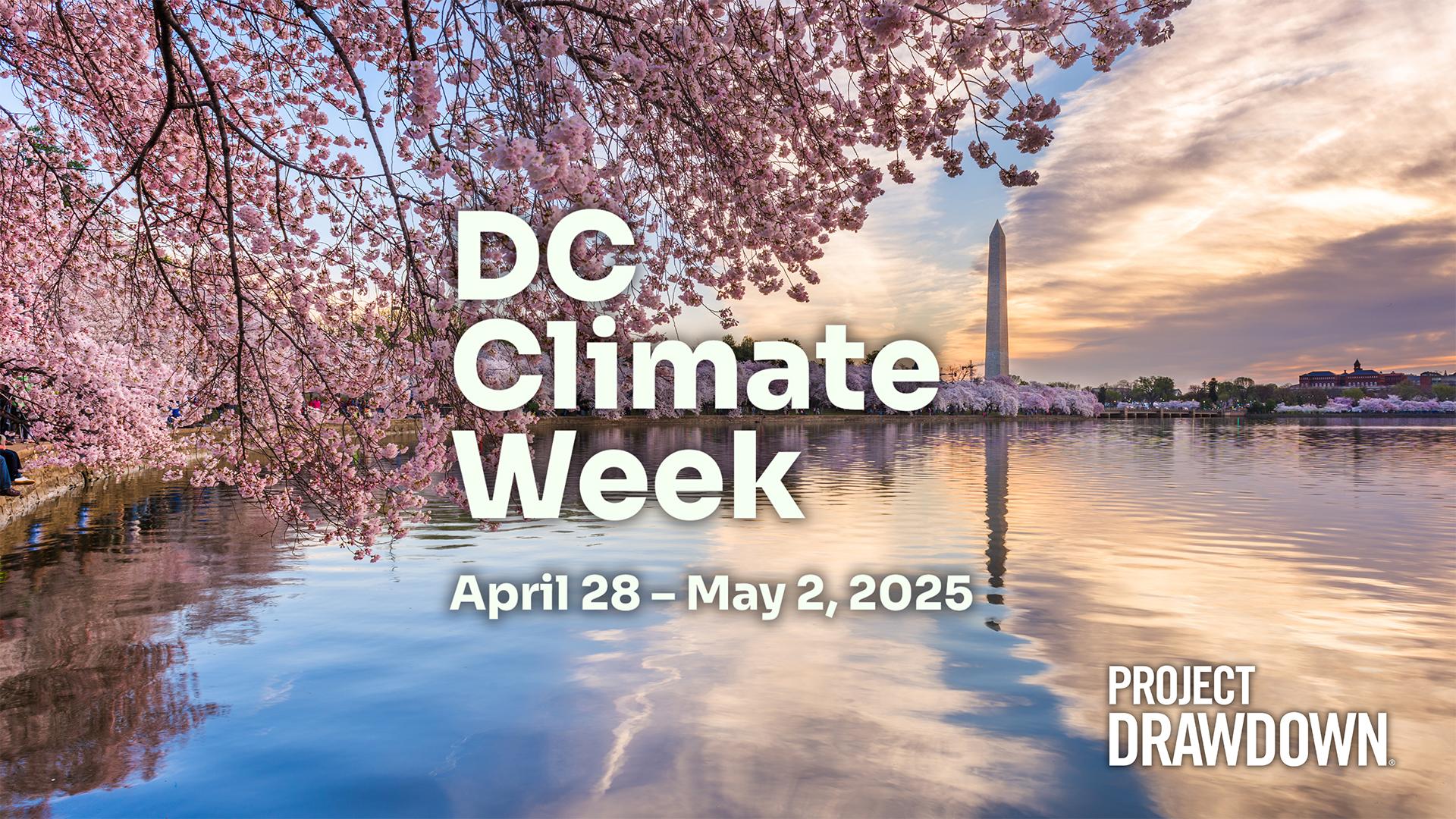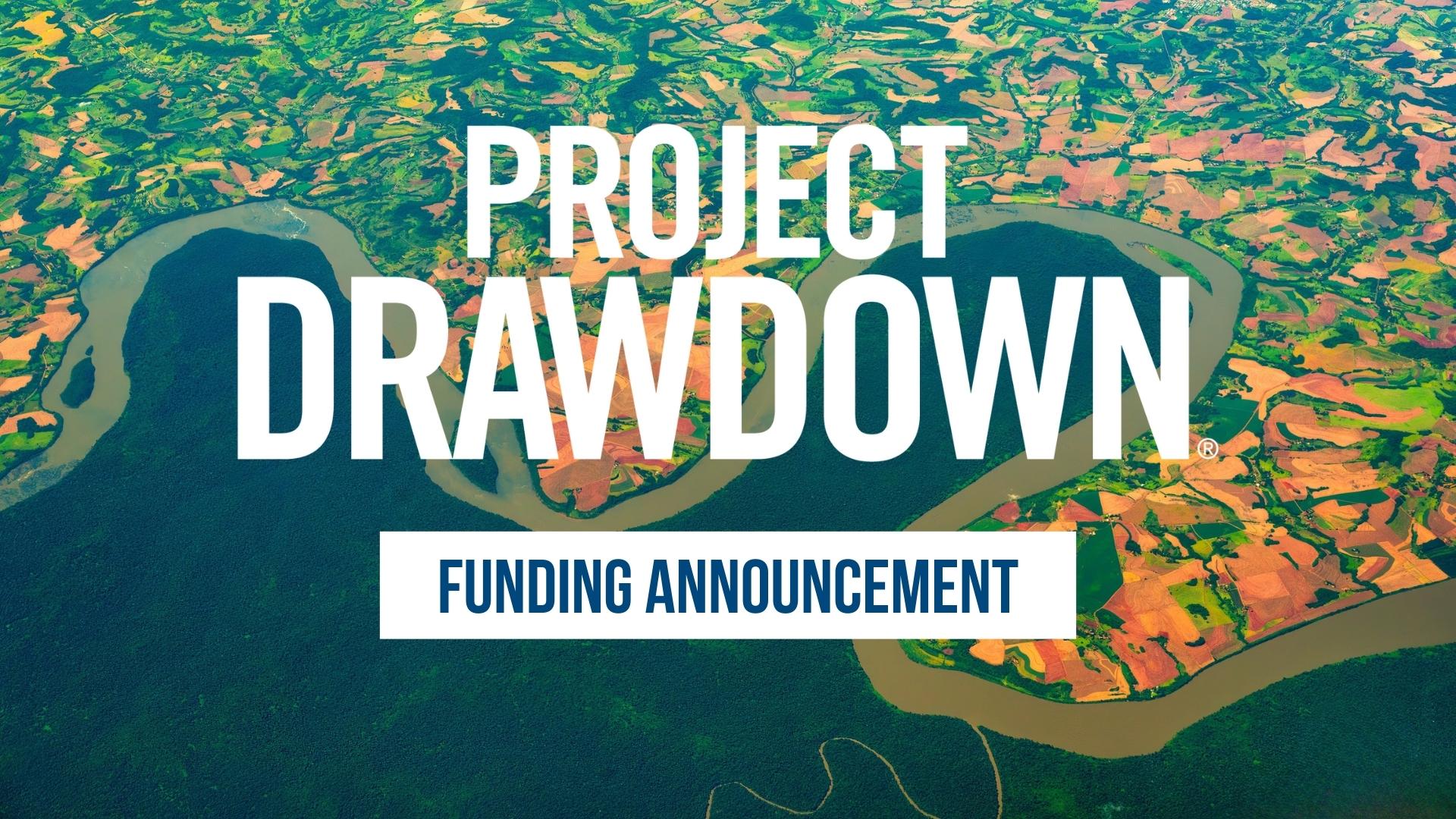In a study published today in Nature Geoscience, an international team of researchers from the University of Minnesota, Project Drawdown, and several other institutions elucidate and quantify a worrying climate feedback loop in which global warming hampers crop efficiency, leading to more land use for comparable amounts of food, which then releases yet more greenhouse gas emissions.
Food and agriculture account for around one-quarter of global greenhouse gas emissions, primarily due to land use. Meanwhile, millions of people around the world live without enough to eat. To feed the planet without destroying it will require remarkable efficiency – growing as much food as possible on as little land as possible. Unfortunately, as the planet warms, global food systems seem to be getting less efficient.
“Agricultural efficiency is the invisible lever that determines how much land we need to feed the world,” says University of Minnesota research scientist Jessica Till, Ph.D., who co-led the study. “Our study shows that improvements in agricultural efficiency can be a powerful buffer against cropland expansion. But climate change is eroding that buffer, partially reversing the progress that made modern agriculture more sustainable.”
Across the 110 countries analyzed for the study, the researchers found that croplands have expanded by 3.9% over the last three decades. Absent climate change, however, total croplands could have actually shrunk by roughly 2% while maintaining current production levels, as improved farming practices led to greater efficiency.
This reduced land use and increased efficiency would have spared 88 million hectares – twice the size of California – from being cleared for agriculture worldwide. It would have also prevented 22 gigatons of CO₂ from entering the atmosphere, enough to offset the annual emissions from more than five billion fossil-fueled cars.
“When climate change slows productivity gains, it pushes more land into cultivation, often at the expense of forests and carbon-rich ecosystems,” says study author and University of Minnesota Associate Professor Zhenong Jin, Ph.D. “Clearing land for cultivation changes the local temperature and rainfall patterns, and also releases carbon, which worsens climate change, creating a runaway feedback loop.”
To uncover their findings, the researchers applied two models: one looking at how temperature changes between 1992 and 2020 have impacted total factor productivity (TFP), a measure of farming efficiency that compares inputs to outputs, and another that estimates TFP over the same timeframe, but without human-caused warming. They then incorporated land-use responses to international trade patterns to determine how much less land would have been used due to greater efficiency, and finally, how much emissions would have been reduced through undisturbed biomass and soil carbon if that land was still covered with natural vegetation.
Although this feedback loop is likely to continue as long as planet-warming greenhouse gas emissions continue to pollute the atmosphere, the researchers say that solutions in the food and agriculture sectors can help intervene.
“Climate change is hurting farmland productivity, and emissions from clearing natural ecosystems exacerbate that problem,” says study co-author and Project Drawdown Senior Scientist Paul West, Ph.D. “Fortunately, we have everything we need to break out of this downward spiral. By changing our diets, preventing food waste, and improving farming practices, we can start to reduce the demand for land that’s feeding this destructive feedback loop.”
Press Contact
Skylar Knight, skylar.knight@drawdown.org
Interviews available upon request
About Project Drawdown
Project Drawdown is the world’s leading resource for climate solutions. By advancing science-based climate solutions, fostering bold climate leadership, and promoting new narratives and voices, we are helping the world stop climate change as quickly, safely, and equitably as possible. A 501(c)(3) nonprofit organization, Project Drawdown is funded by individual and institutional donations.

